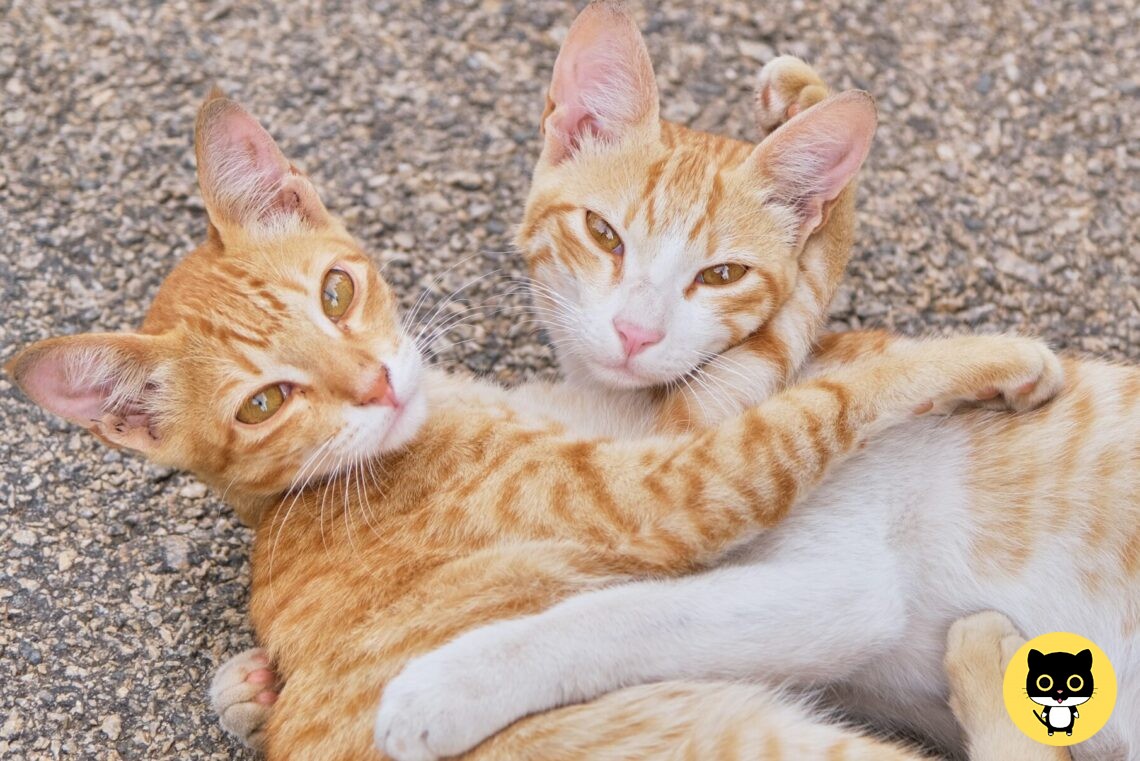Mating cats can be a rewarding experience if done properly. Not only is it an essential part of responsible pet ownership, but it can also help ensure your cats stay healthy and happy. In this guide, we’ll provide step-by-step instructions on how to mate cats, including how to identify a healthy and suitable mate, prepare for the mating process, understand cats’ mating behaviors, create the right environment, time the mating process correctly, and more.
Mating cats is a complex process that requires a lot of preparation and understanding. It’s important to understand the biology and behavior of cats in order to ensure a successful pairing. Cats are unique creatures, and their mating habits vary depending on the breed and individual. To ensure a successful mating, it’s important to know the basics of cat mating and have a good understanding of your own cats’ behavior.
Before you start looking for a mate for your cat, it’s important to determine whether mating is the right decision for your cat. If your cat is not healthy or is not of breeding age, then mating should be avoided. Additionally, it’s important to consider the potential implications of mating cats, including the potential financial costs associated with the process.
How to Identify a Healthy and Suitable Mate for Cats
Once you’ve decided to mate your cats, the next step is to find a healthy and suitable mate. An ideal mate should have a healthy physical and mental state and should be of the same breed as your cat. Additionally, the mate should be at least two years of age and should have a good temperament.
When looking for a mate, it’s important to research the breeder or seller to ensure they are reputable and provide healthy cats. If possible, it’s best to meet the potential mate in person to assess their health and temperament. Additionally, it’s important to check their medical history to ensure they don’t have any genetic or hereditary conditions that may be passed on to their offspring.
Preparing for the Mating Process
Once you’ve identified a suitable mate, it’s time to start preparing for the mating process. This includes ensuring both cats are healthy and have all the necessary vaccinations.
It’s also important to consider the environment in which the cats will mate. The environment should be clean, comfortable, and free from any potential hazards. Additionally, it’s important to provide the cats with plenty of food, water, and toys to ensure they stay happy and healthy.
Understanding the Mating Behavior of Cats
Cats tend to be territorial and will display certain behaviors when they are ready to mate. These behaviors include vocalizing, rubbing against objects, and spraying. Additionally, cats will often become more affectionate and may even become more active when they are ready to mate.
It’s important to observe the cats carefully and intervene if necessary. Additionally, it’s important to monitor the cats’ behavior during and after the mating process. This will help ensure the cats are happy and healthy.
The Importance of Timing When Mating Cats
Timing is an important factor when it comes to mating cats. Cats tend to be most receptive to mating during the spring and summer months. Generally, cats are ready to mate when they are between the ages of one and two years old.
It’s also important to consider the timing of the mating process itself. Generally, the cats should be introduced to each other slowly and allowed to get used to each other before the mating process begins. Additionally, it’s important that they are comfortable and relaxed before the mating process begins.
Potential Issues When Mating Cats
While mating cats can be a rewarding experience, there are some potential issues that can occur. One of the most common issues is the cats refusing to mate. This can be caused by a variety of factors, including the cats not being compatible, being too young or too old, or not being in the right environment. Additionally, some cats may be too aggressive or may become overly excited during the mating process.
It’s also important to be aware of potential medical issues that can occur. For example, cats may suffer from infection or disease if the mating process is not conducted properly.
How to Monitor and Care for Cats After Mating
Once the cats have mated, it’s important to monitor and care for them to ensure they stay healthy and happy. This includes providing the cats with plenty of food and water. Additionally, it’s important to monitor their behavior to ensure they are getting along and to intervene if necessary.
Knowing When to Seek Professional Help
If the cats are not getting along or if there are any potential medical issues, you should seek the advice of a veterinarian or animal behavior specialist. Additionally, it’s important to seek professional help if the mating process is not successful or if the cats are not responding as expected.
Have you mated a cat? What is your experience? Please register to leave a reply below and post in the Forums.

